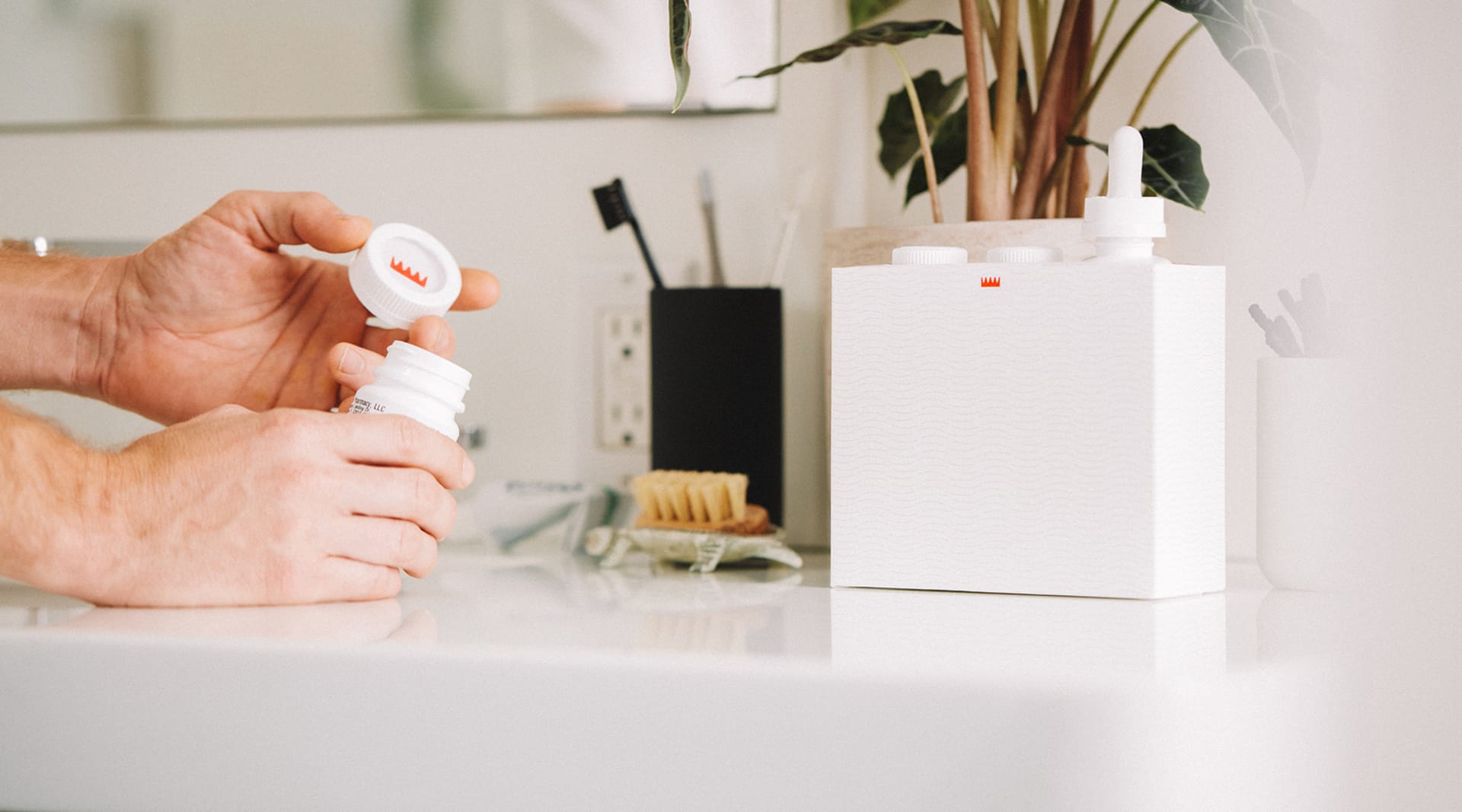According to the American Hair Loss Association, 66% of American men experience hair loss by the age of 35, and by the age of 50 approximately 85% of men are affected. New companies are aiming to capitalize on a market that traditional brands have never fully embraced for millennial men.
Hair loss preventatives and prescription penis pills have never looked cooler, thanks to startups giving men's wellness a makeover

In January 2018, two ex-Google employees launched Keeps, which offers convenient, affordable, personalized treatment plans to prevent hair loss for men. Founders Steven Gutentag and Demetri Karagas created Keeps, promising “hair today, hair tomorrow.” The online company connects the consumer with a doctor who prescribes a plan that is delivered direct to their home. “We’re purpose-built to solve a single problem—to be the easiest way for men to keep their hair—and the brand is a big part of that solution,” cofounder Gutentag tells JWT Intelligence.
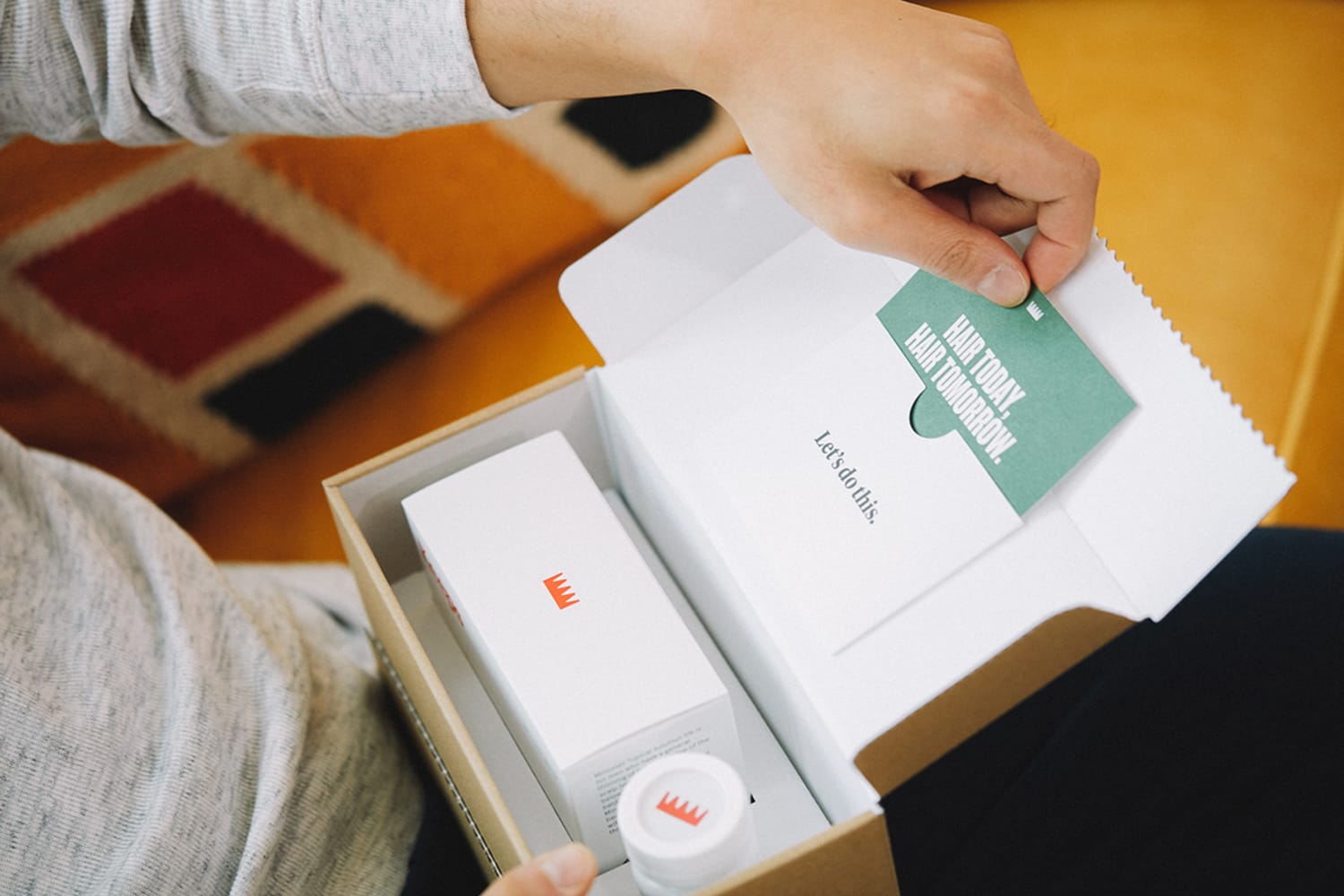
This sector’s traditional messaging is misleading, says Gutentag. “The industry has advertised in the past with commercials showing older men trying to get their hair back,” he explains. “In reality, two out of three guys will start to lose their hair before turning 35. There is a lot of misinformation and things that don’t work, so the space has long had a bad reputation.”


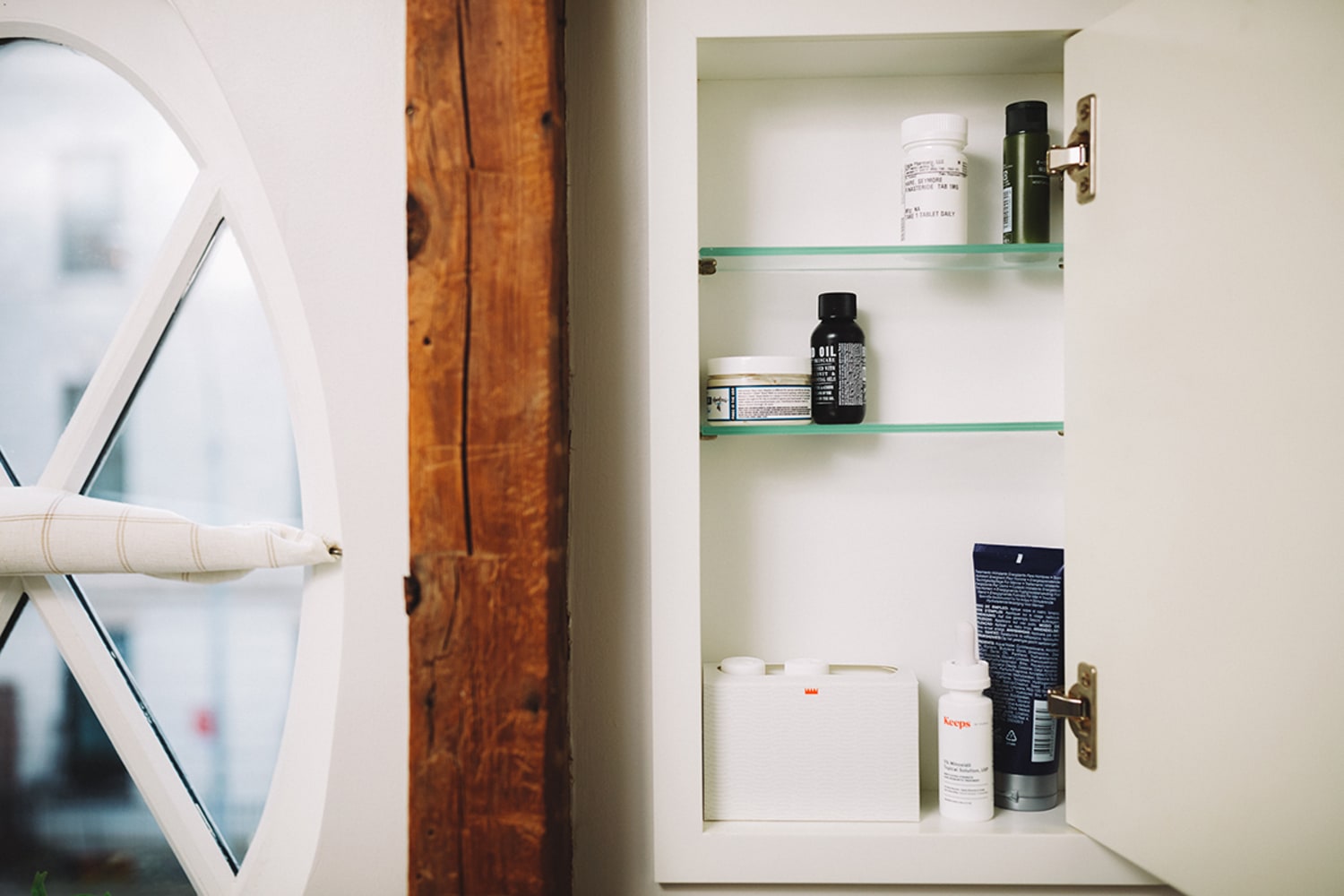
Keeps’ core values, simplicity and ease, are manifest not only in its business model, but also in its design approach, which uses a mix of slab and sans-serif fonts, a concise color palette and accessible packaging design. Consumers will not feel abashed by having the pills on display and the bottle is designed to sit alongside other day-to-day products, offering subtle confidence for the modern man wanting to keep his head of hair.

“Thanks to science, baldness is now optional,” claims the Hims website. This new men’s wellness startup was launched at the end of 2017 by Andrew Dudum. Hims is billed as “the one-stop shop for trusted self-care solutions that address hair loss, skincare, sexual wellness, and beyond.” Following a similar model to that of Keeps, the brand’s offers can be accessed online and any embarrassing questions can be resolved in the comfort of the consumer’s home, putting an end to those dreaded trips to the doctor.
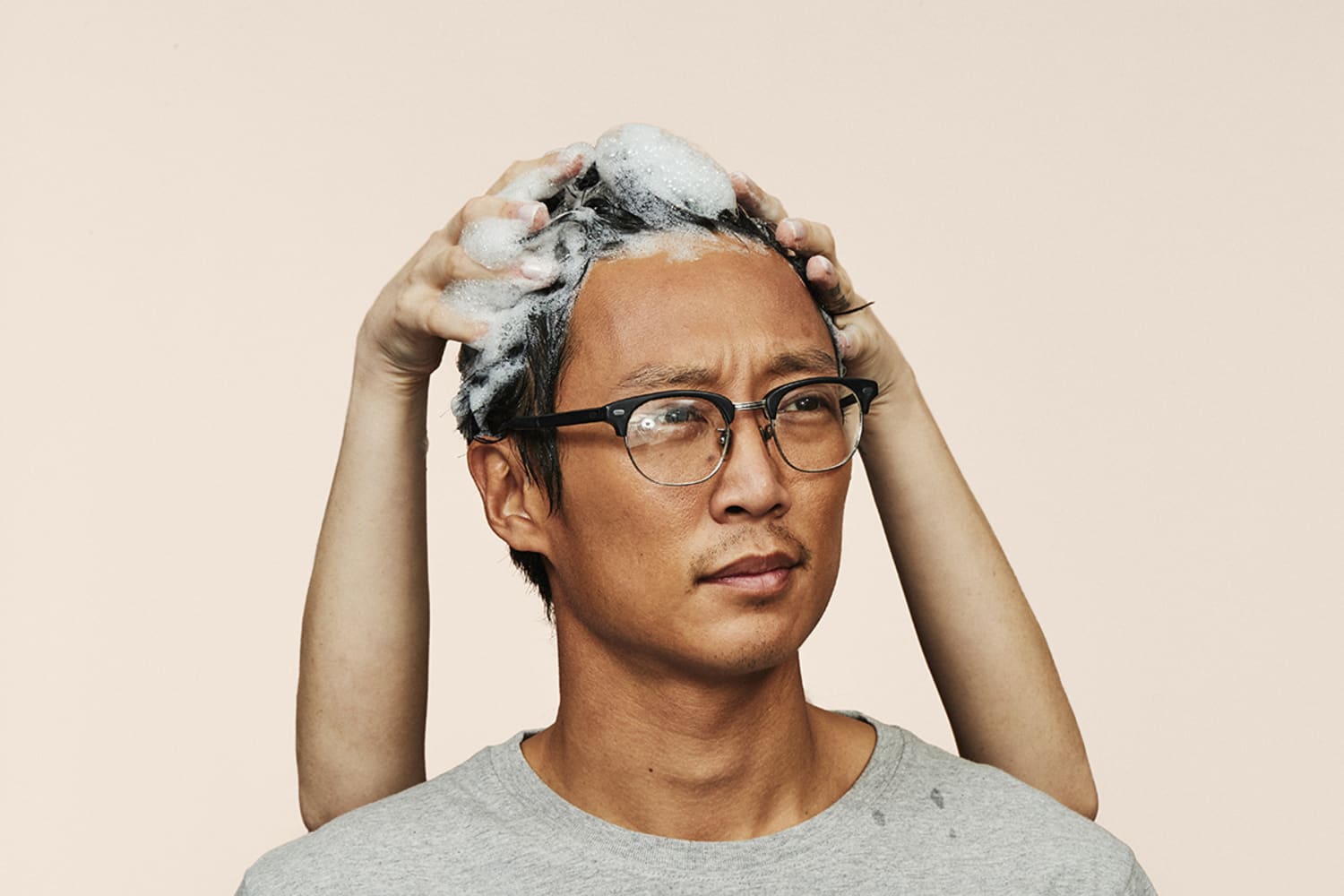

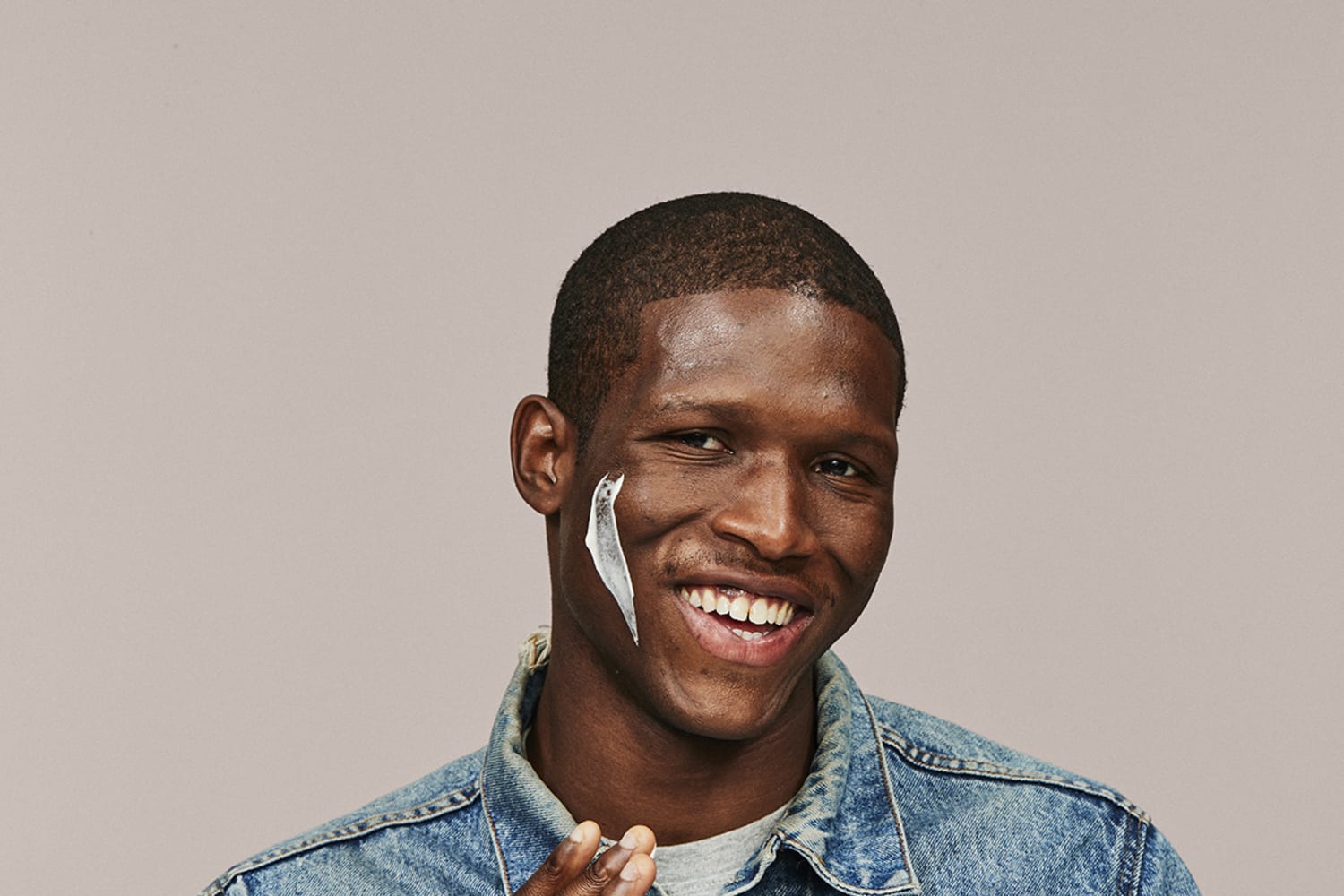
Hims branding uses nude hues, contemporary typefaces and down-to-earth language which nods towards female lifestyle brands such as Glossier or Gwyneth Paltrow’s Goop—but the smart brand name and diverse model casting are actually rebooting men’s marketing in the wellness category. The well-trodden path of portraying bearded, rugged masculinity has been replaced by one that nudges towards gender neutrality. Even the vitamins come in a friendlier form—the brand’s hair-strengthening vitamins are not pills, but red gummy bears.
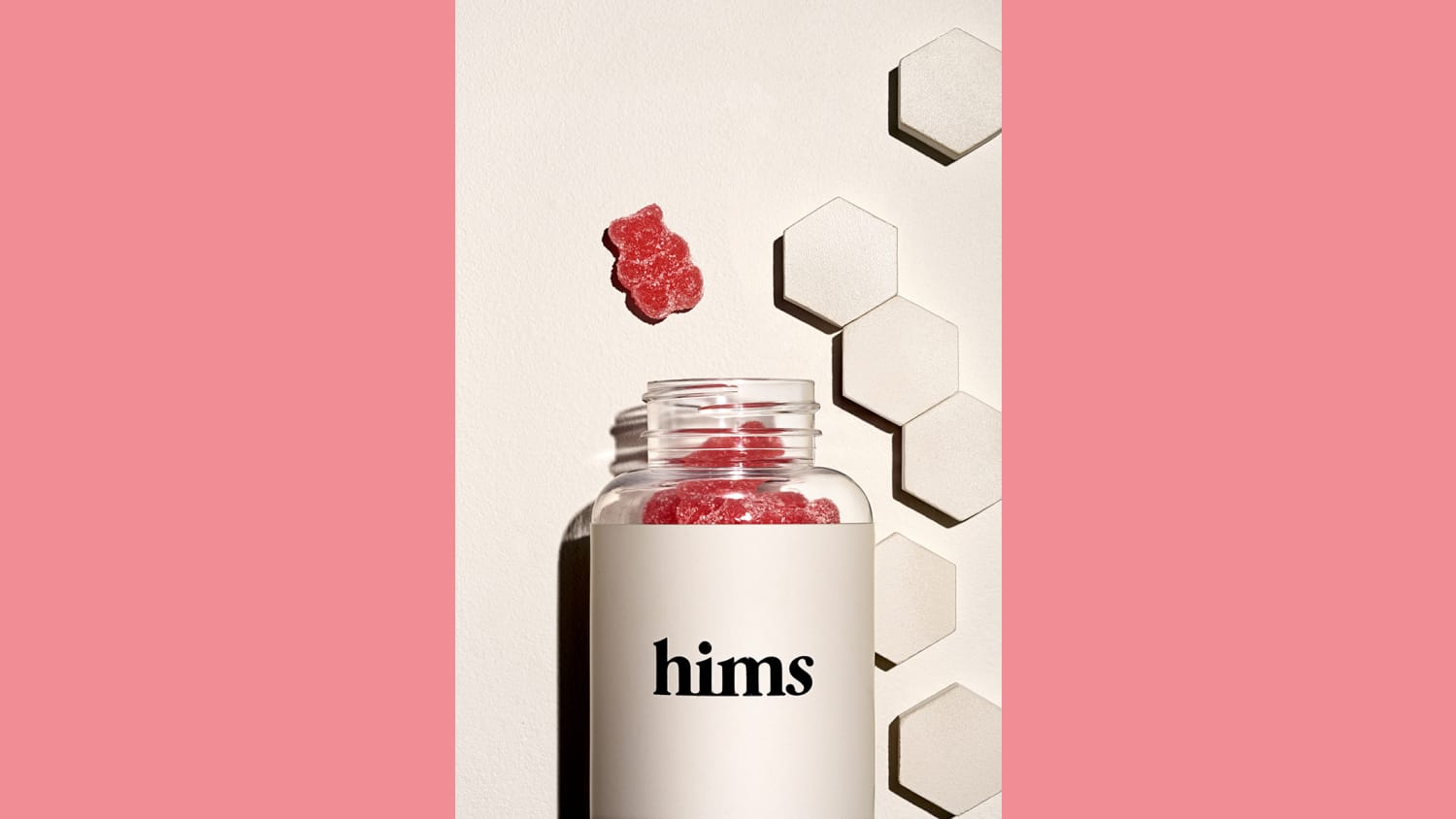

Hims also embraces the conversation around erectile dysfunction, a global market expected to reach $4 billion by 2020, according to a study by Technavio. To speak to a millennial audience on this topic, the brand uses playful visual references of cacti and eggplants, reminiscent of the imagery used by feminine care brand Thinx.
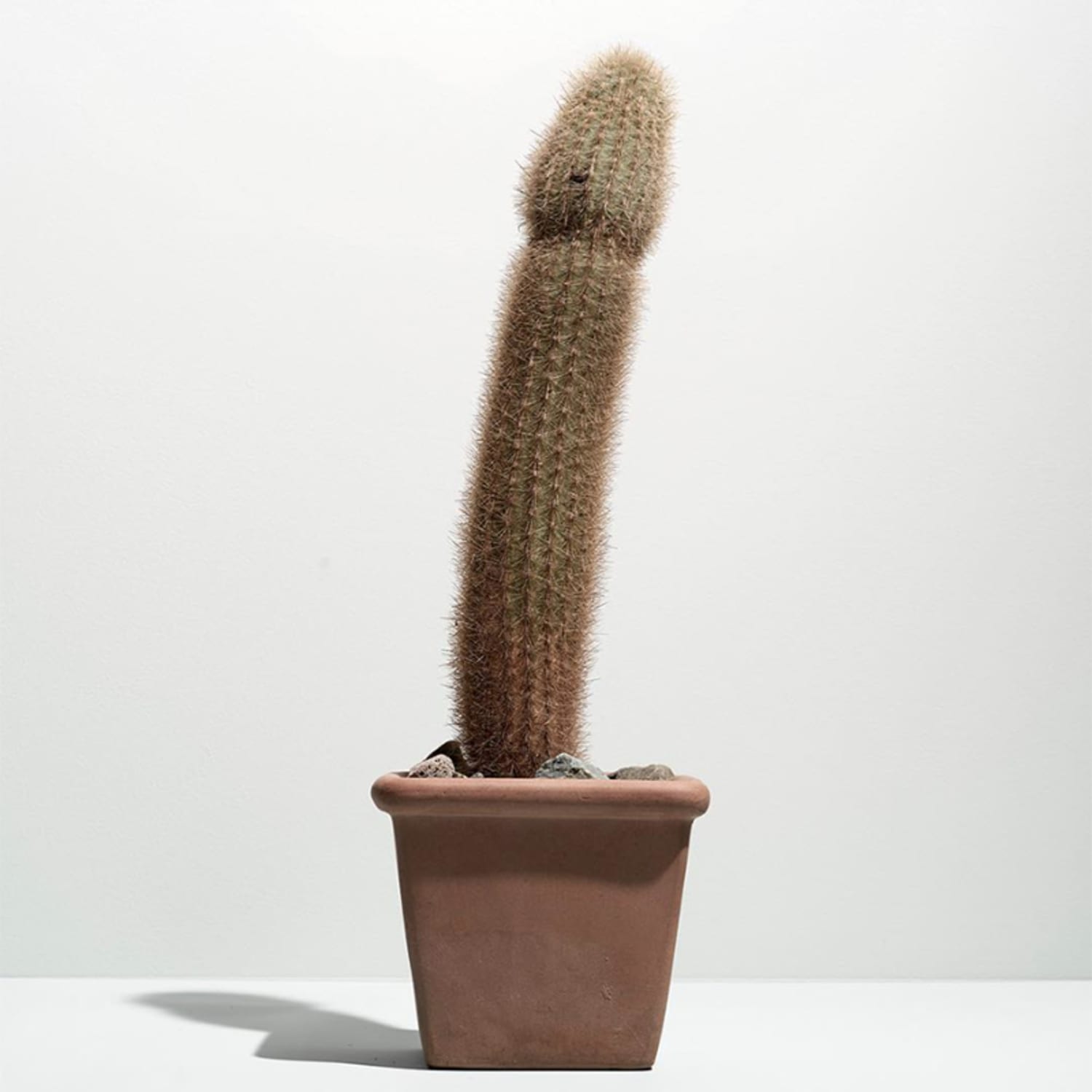
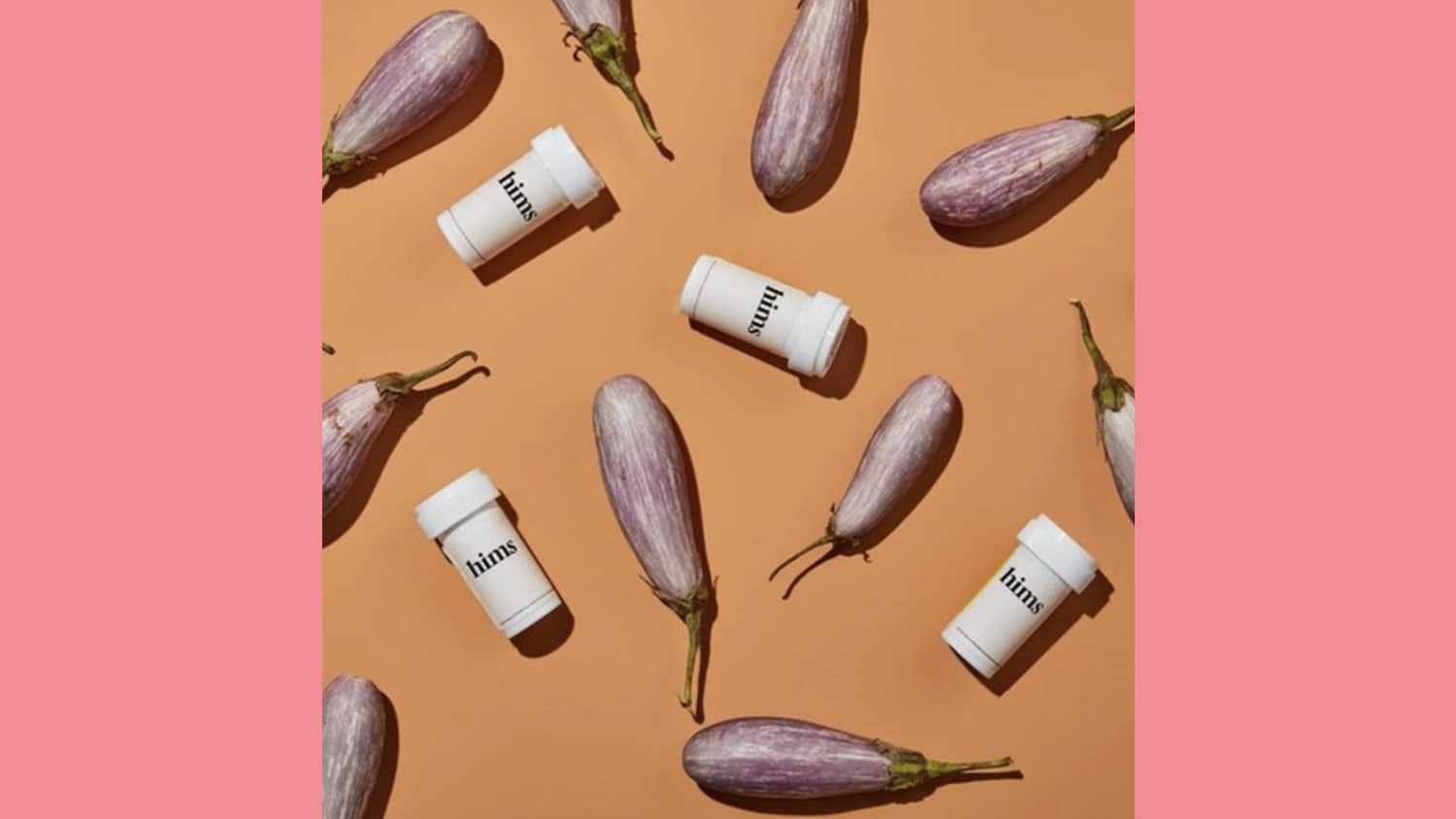
The global wellness industry is worth over $3.7 trillion, according to the Global Wellness Institute, and new and old companies are seeking a slice of this international market. Unilever’s subscription service Dollar Shave Club, which sells grooming products, recently introduced the Superba! oral-care collection. The punchy green Superba! packaging was designed by San Francisco-based creative studio Pavement, which summarizes its approach to the branding as “sophisticated,” with “just enough panache to mirror the style and confidence of the modern male.”
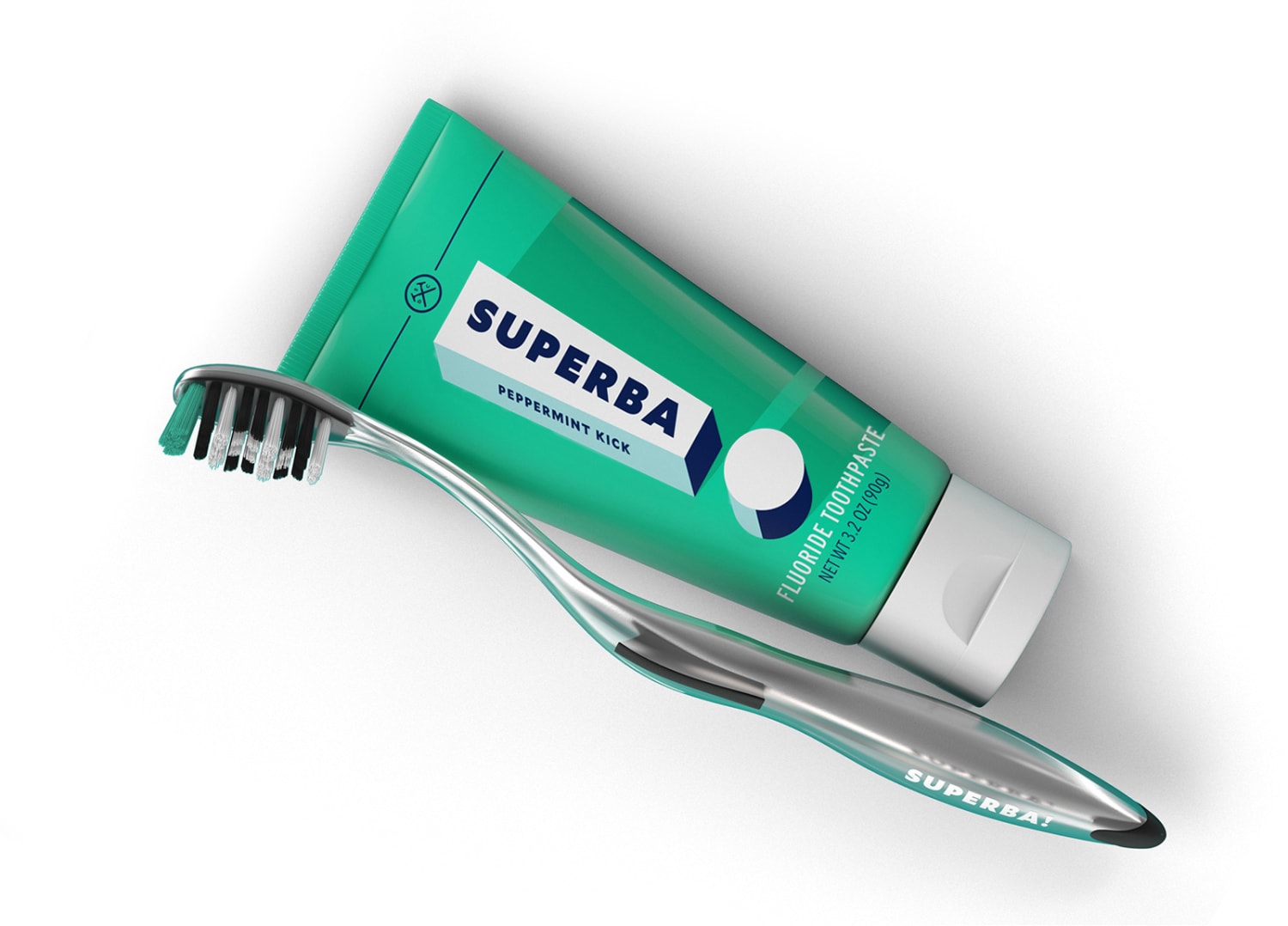
Intelligent branding, modern aesthetics, smart conversation-starters and an intuitive e-business model are driving the new landscape for men’s wellbeing. This approach resonates with the startups that are changing the look and feel of feminine care products, as we reported in 2015. It will be interesting to see how major players in this sector respond to the new launches—and whether there are further billion-dollar Unilever buyouts to come.
Please provide your contact information to continue.
Related Content

VML Leaders Top Cannes Lions People Rankings

